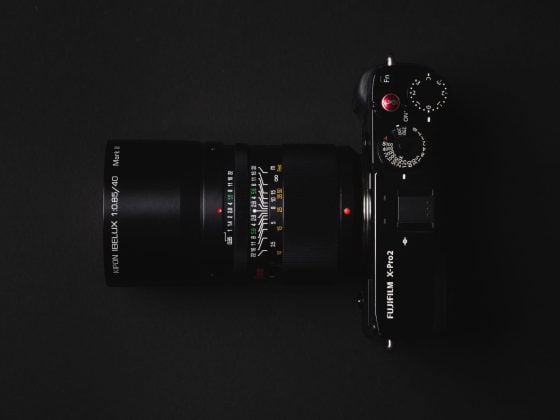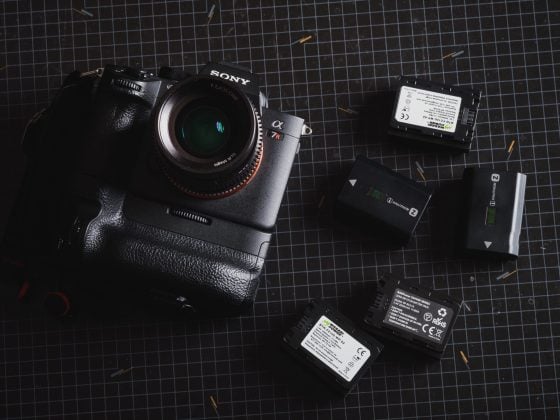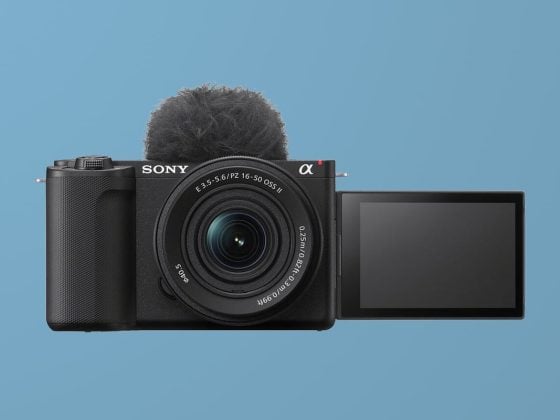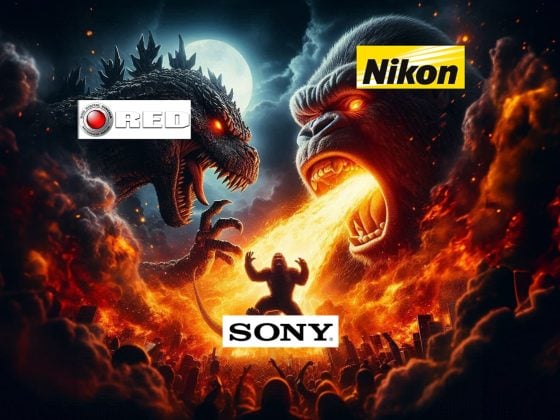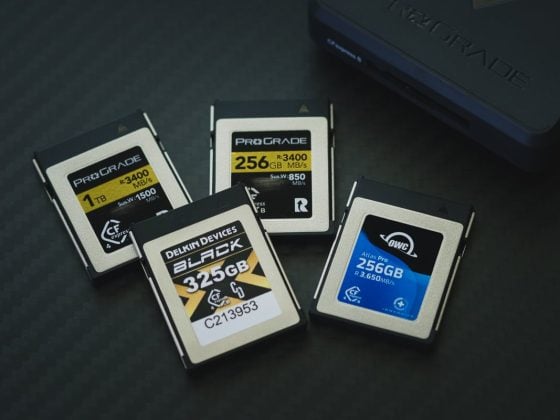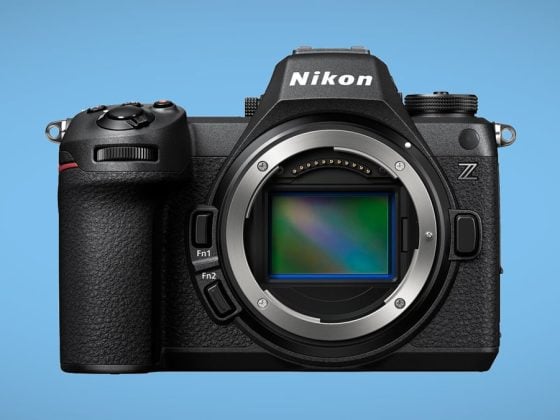It’s been three years since the inception of Aurora HDR, and man, this thing has grown in ways I didn’t imagine or expect.
When I first started using Aurora back in 2017, it really felt like the beginning of something awesome. Like the baby alien that just burst out of Kane’s chest in the first Alien movie, it took off running and did all these mysterious things behind the scenes.
The little creature continued to grow while occasionally popping out for an update here and there. It was exciting and still powerful, but we only saw hints of what this beast would become. Finally, with the launch of Aurora HDR 2019, its true form has been revealed as the perfect landscape-devouring monster.
Like the Alien franchise, Skylum has started a new form of evolution, stepping beyond the perfect harmony between intelligence and raw power into something new: AI.
I wasn’t expecting Aurora to go in this direction, but it makes sense. Intelligent processing tools that manipulate the image based on what is needed for the scene, rather than blanket features that blindly adjust the global values of the image.
They made the software more intelligent, faster, and more compatible with different operating systems and tools like the Loupedeck and completely refined the user experience. They cleaned up some clutter in the UI and made a few things easier to comprehend.
The guys and gals at Skylum really care, and it’s been a fantastic experience working with them and watching everything grow. Now, I just wish I had more time to shoot HDR.
Download – Aurora HDR
Use the coupon code GRIFFIN and get $10 off.
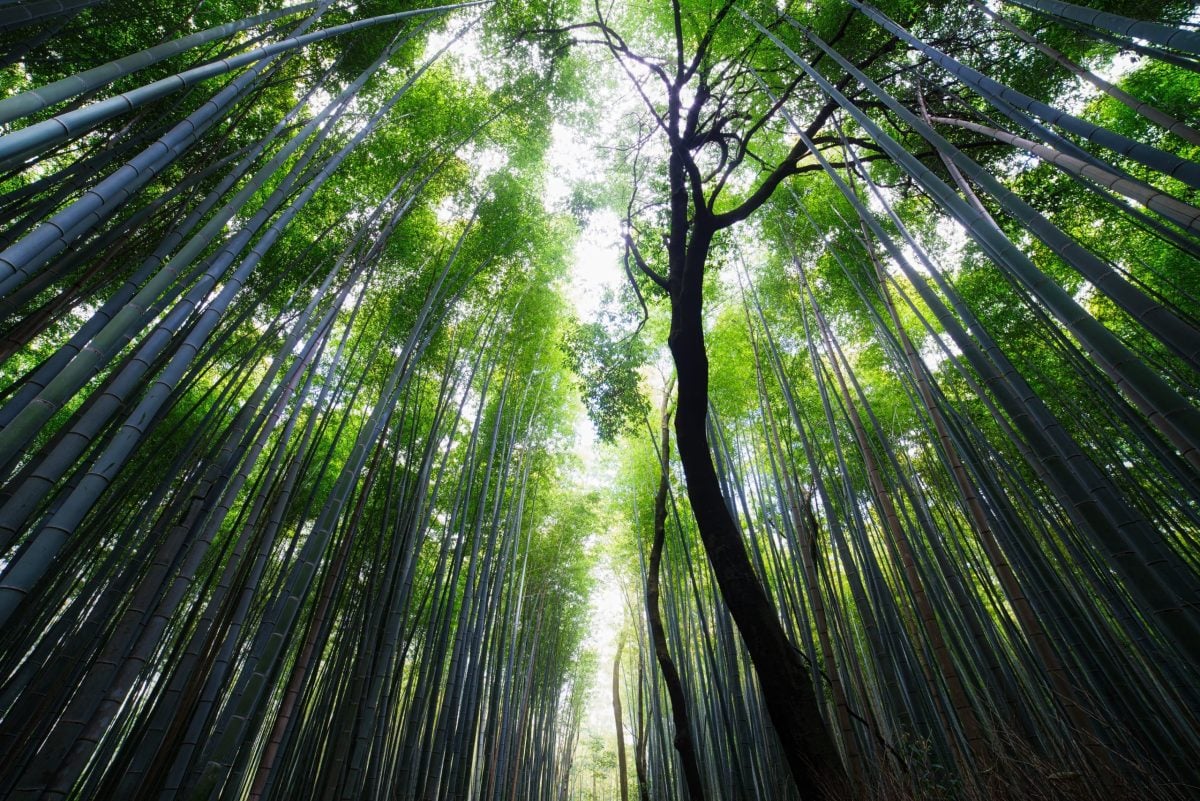
Aurora HDR 2019 Review
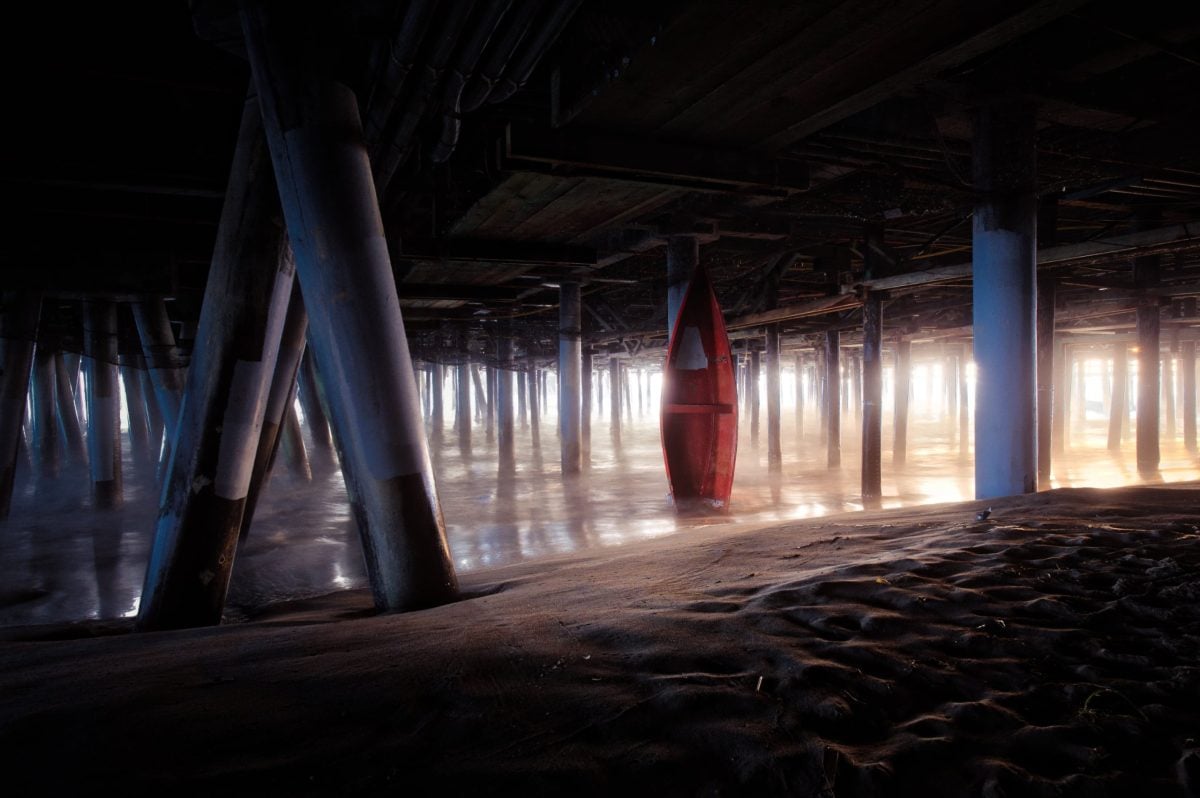
With this updated Aurora HDR review, I will do things a little differently. Since you can download a free demo at any time and mess around with all the features until your little heart is content, I’ve decided to highlight what I think is really cool about the software.
Then, I’ll break into some individual features and tutorials in future articles.
What’s new and better with Aurora HDR 2019?
Besides some basic improvements in the core systems and the addition of a new Smart HDR Slider, the photo processing seems to have gotten smarter and better.

Improved HDR Noise
There is now very little of the HDR noise. Aurora HDR has always been great at handling unwanted HDR noise, but now it’s rarely a problem, and I almost never need to mask back in the unprocessed sky layer.
Improved Halos
There is less of an issue with those ghosting halos that used to force you to back off some of your settings or looks. Granted, if you push it, you will see some simply because that’s how tone mapping works. But those annoying little halos you would see on a flag pole at the end of a pier, or something have been reduced.
If you want to create an immaculate and natural-looking landscape photo, you can do it very quickly. Then if you want to punch up the look, you have the tools for that too.
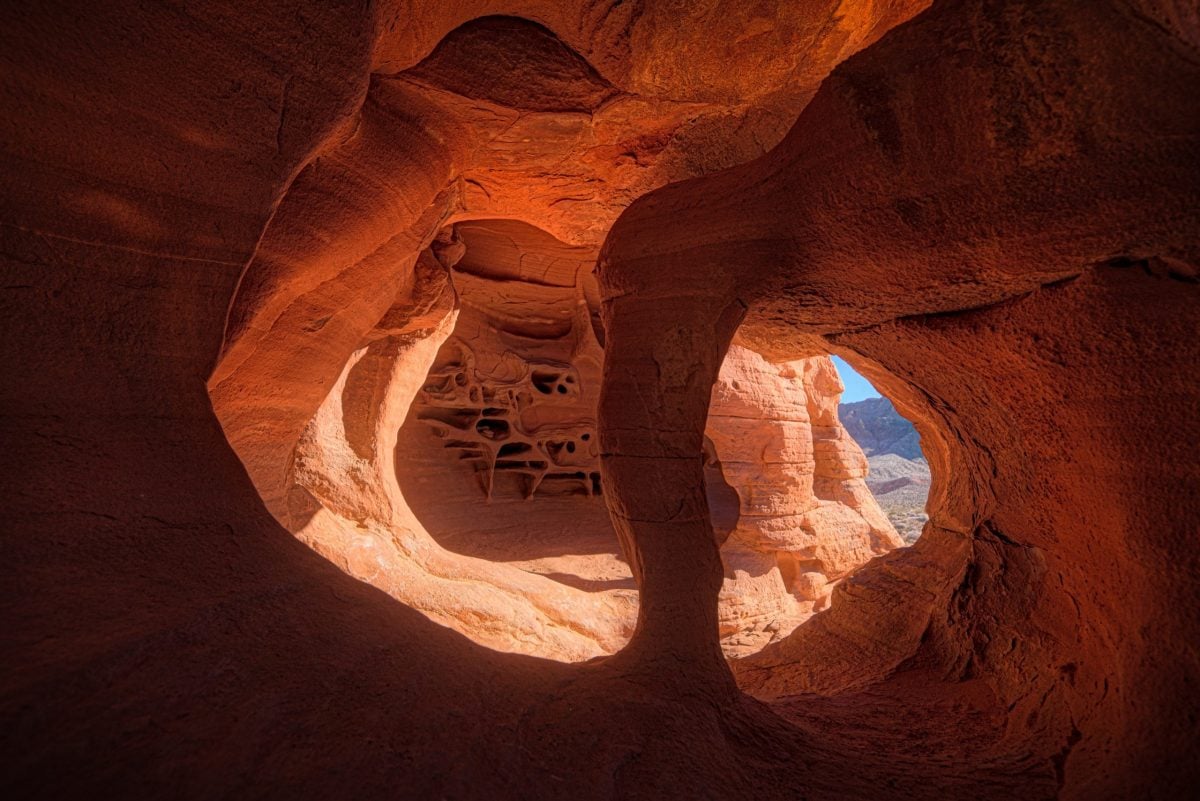
Right out of the gate, from the moment you load up your shots, the software dramatically improves in colors, tones, and details over earlier versions.
The New Slider And Quantum HDR Engine
They removed the HDR Enhance slider and replaced it with HDR Smart Structure.
I’m noticing that the new slider combined with the latest Quantum Engine gives the image more detail and color tonality right out of the gate.
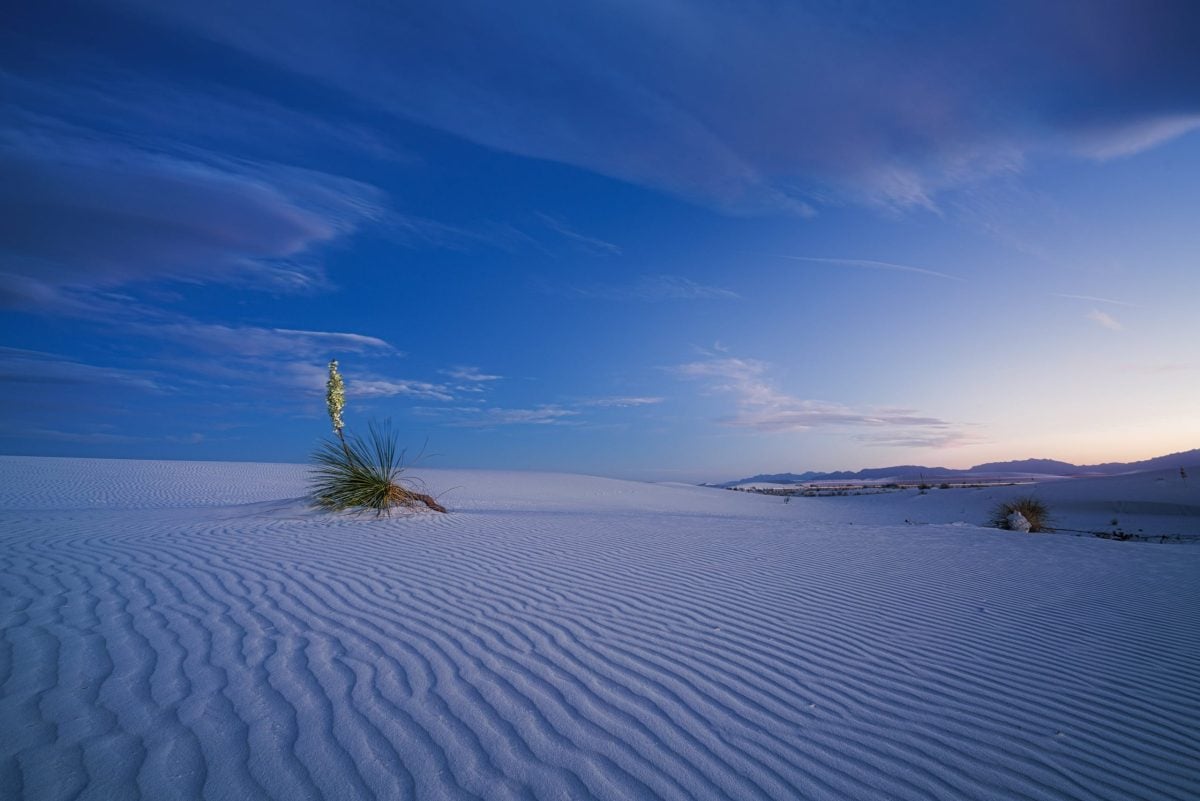
Improvements To Highlight Control
The new engine is smarter about handling dramatic highlights, like a blown-out window in an indoor setting. I used to have issues with this, and I always had to use luminosity masks with layers to clean it up.
As long as you got the exposure in one of your bracketed shots right, those highlighted regions are a little easier to recover for a natural look.
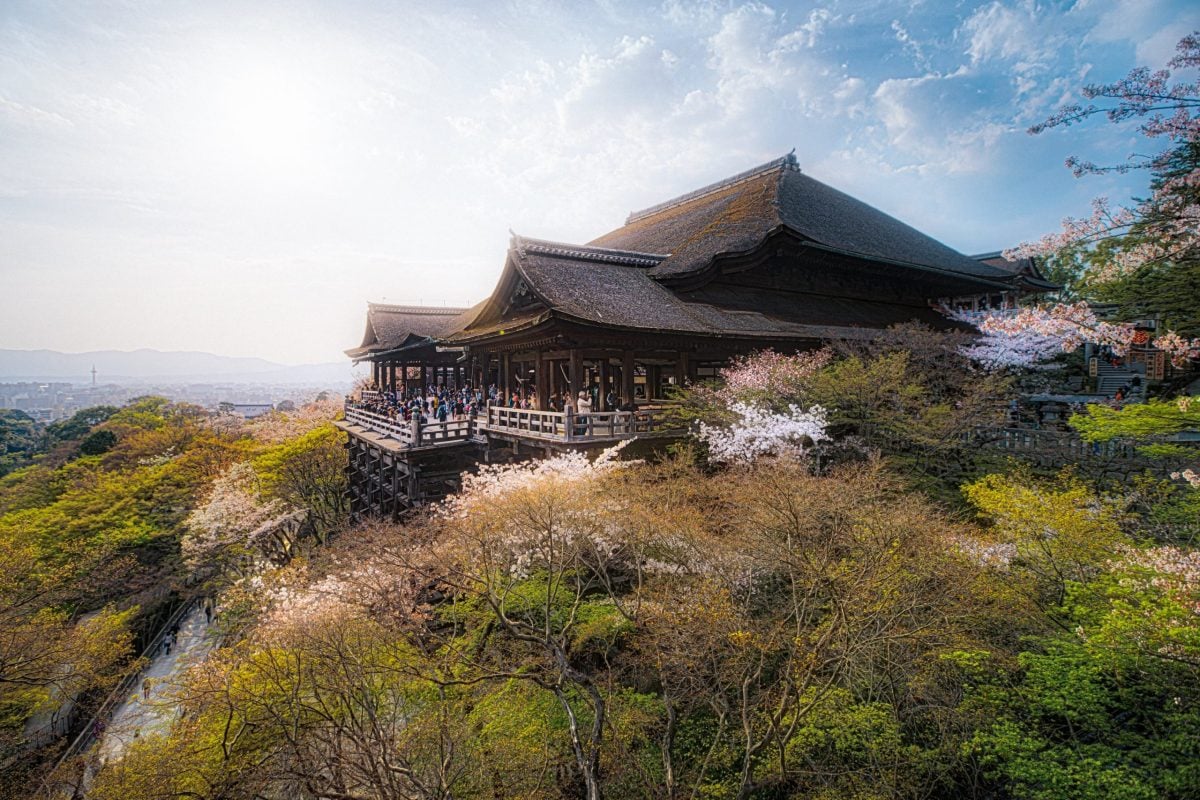
What I Love About Aurora HDR 2019
The biggest takeaway from this new update is that it’s way easier to get everything looking and feeling more natural. I don’t always want the HDR effect in my landscape shots; sometimes, I just want to use a few of the tools in Aurora for some minor enhancements.
Before Aurora HDR 2019, I found myself still hand-blend some HDR shots in Photoshop where I would then go to Luminar for the effects. Now, I’m finding myself back using Aurora for all but the most complicated landscape compositions.
It’s really lovely.
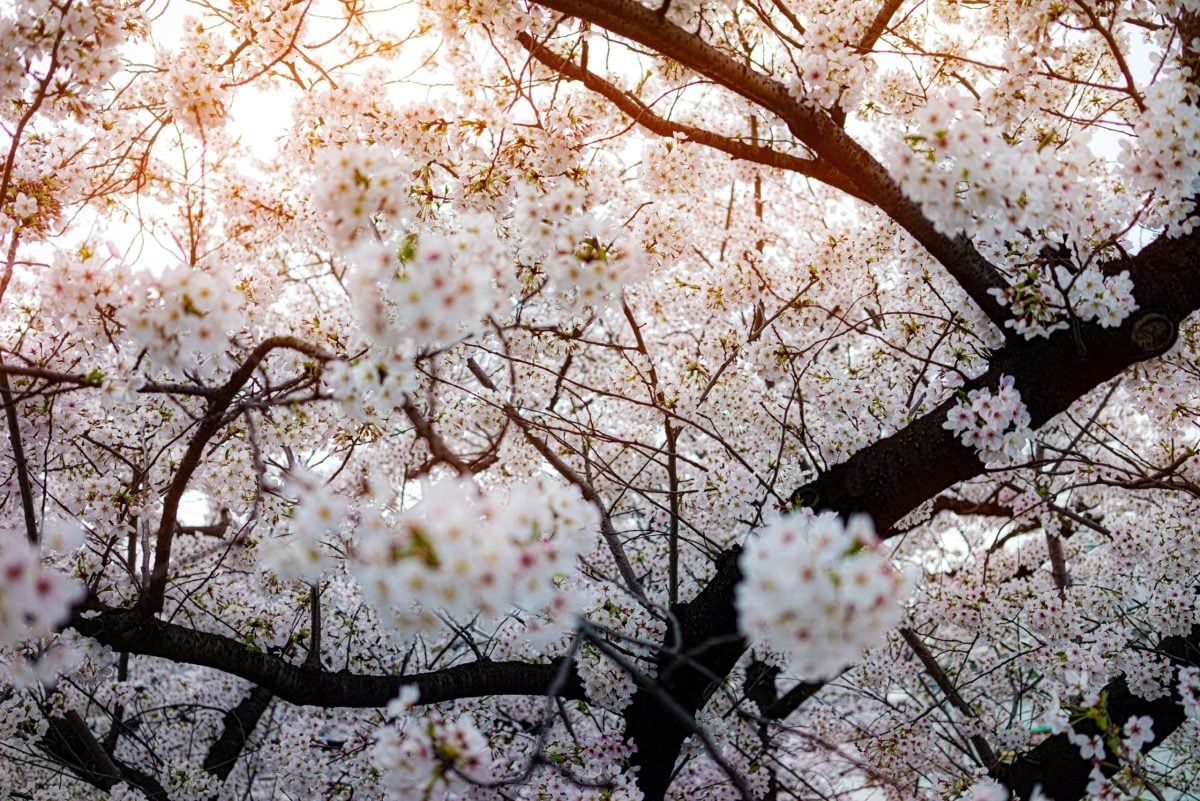
Aurora HDR 2019 Review | Final Thoughts
Many photographers still remember the bad HDR of five years ago, and I’m afraid it’s going to take a while for them to recover what they think HDR is.
The look of HDR was always associated with tone mapping, but they’re really two completely different things. While Aurora HDR can tone map your images, it’s designed to assist you with all the technical mumbo jumbo so you can focus more on the creative part. You can do that if you want a crisp, clean, natural-looking landscape. If you want an enhanced-looking landscape with some creative flair, you can do that, too.
Today, landscape photography has never been easier to process because of tools like Aurora HDR and Luminar. They are invaluable to my workflow, and I couldn’t have imagined shooting and processing landscape photos without them.
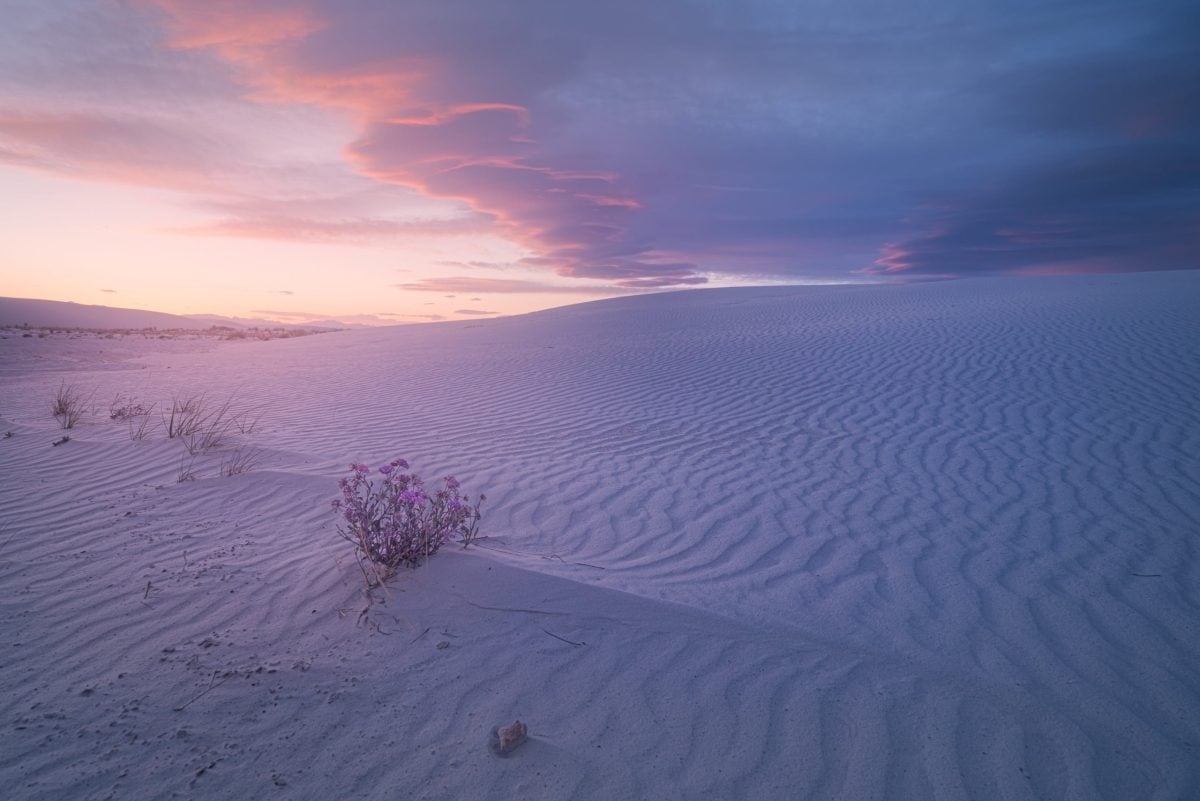
Aurora HDR Sample Images
Please leave any questions or thoughts in the comment section. I’ve already recommended it to a few people, and they love it.
I will continue to update this review as I learn new tricks.
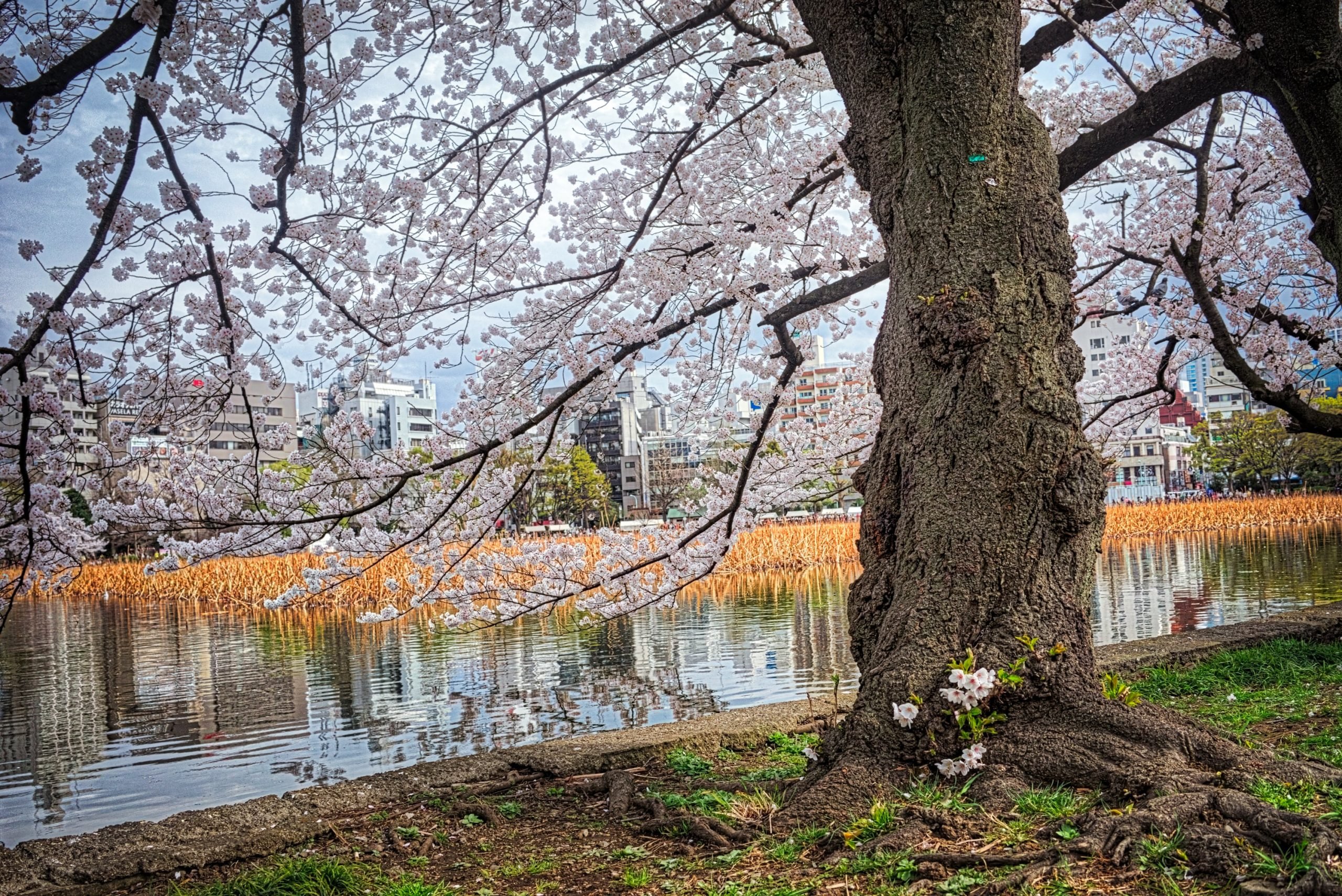
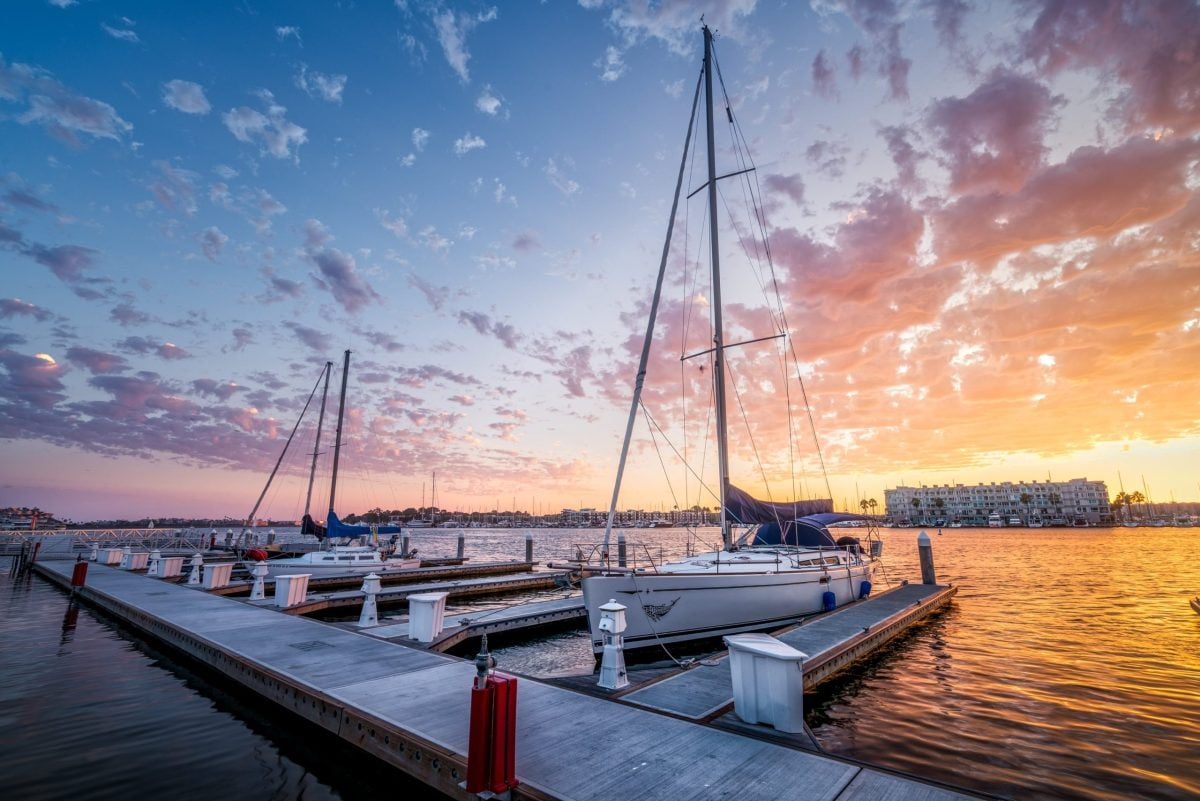
| **This website contains affiliate links. We will earn a small commission on purchases made through these links. Some of the links used in these articles will direct you to Amazon. As an Amazon Associate, I earn from qualifying purchases. |


